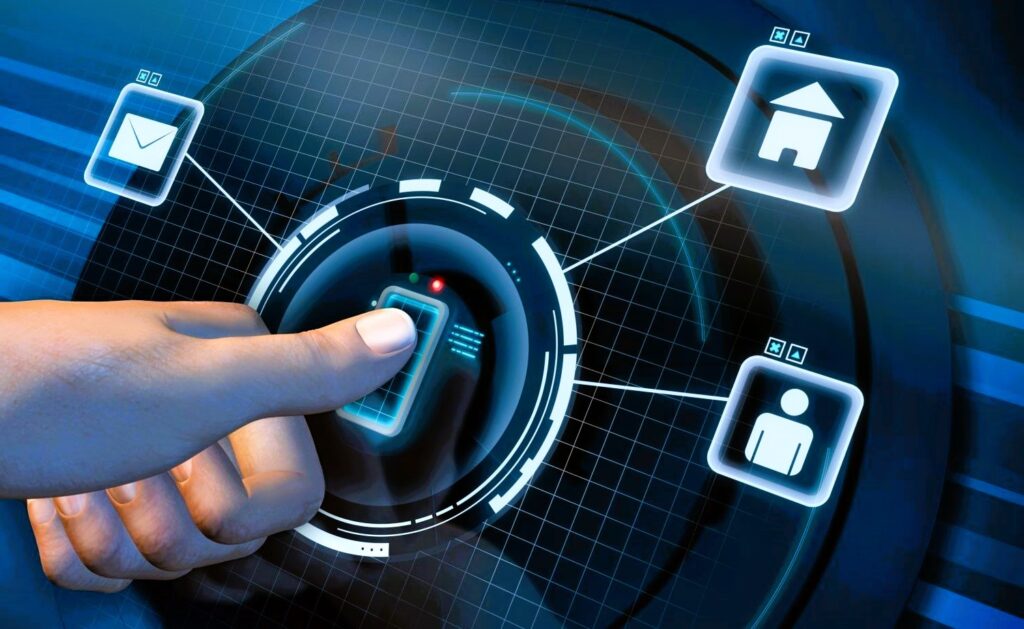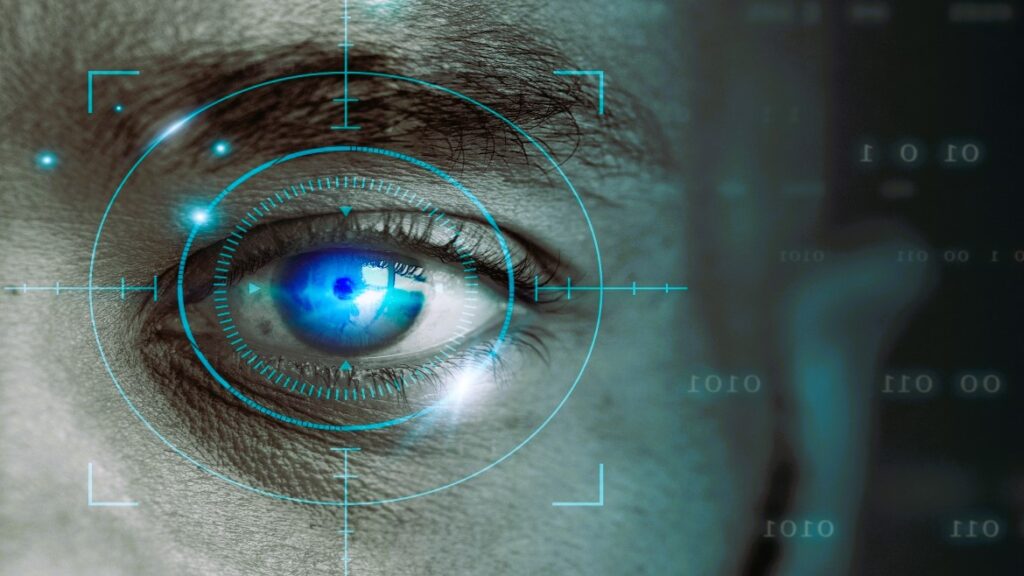Biometric technology, once relegated to the realms of science fiction, is now an integral part of our daily lives. From unlocking smartphones with fingerprints to facial recognition at airports, biometrics play a pivotal role in identity verification and authentication. While these technologies offer unparalleled convenience and security, questions have arisen regarding their impact on human rights. This article explores the evolution of biometric technology, its applications, the potential threats to human rights, and the ongoing dialogue surrounding the ethical use of biometrics.
Evolution of Biometric Technology
1. Definition:
Biometrics involves the measurement and statistical analysis of people’s unique physical and behavioral characteristics. These characteristics, often referred to as biometric identifiers, include fingerprints, iris patterns, facial features, voice, and even typing patterns.
2. Historical Context:
The use of biometrics dates back to ancient civilizations where handprints and signatures were employed for identification. However, the contemporary era has witnessed a rapid evolution of biometric technology, driven by advancements in computing power and data processing capabilities.
3. Common Biometric Modalities:
- Fingerprint Recognition: Analyzing the unique patterns of ridges and valleys on an individual’s fingertip.
- Facial Recognition: Mapping and analyzing facial features for identification purposes.
- Iris Recognition: Examining the intricate patterns in the colored part of the eye.
- Voice Recognition: Analyzing vocal characteristics for identification.
Applications of Biometric Technology

1. Security and Authentication:
Biometrics serve as a secure method of authentication, replacing traditional methods like passwords and PINs. This is evident in smartphones, access control systems, and border security.
2. Law Enforcement:
Biometric databases are used by law enforcement agencies for criminal identification. This includes fingerprint databases, facial recognition systems, and iris scans to aid investigations.
3. Financial Services:
The financial sector employs biometrics for secure transactions. Biometric authentication is used in banking apps, ATMs, and other financial services to verify the identity of users.
4. Healthcare:
Biometrics contribute to patient identification and secure access to medical records. This ensures the accuracy of medical information and protects patient privacy. Do you like the article? Read also about IT Budgeting Management.
5. Border Control and Immigration:
Many countries use biometrics, especially facial recognition, for border control and immigration processes. This enhances security and streamlines entry procedures.
Empowering Aspects of Biometric Technology
1. Enhanced Security:
Biometrics provide a higher level of security compared to traditional authentication methods. The uniqueness of biometric identifiers makes it difficult for unauthorized individuals to gain access.
2. Convenience and Efficiency:
Biometric authentication is often more convenient for users, eliminating the need to remember and manage passwords. This leads to more efficient and user-friendly systems.
3. Crime Prevention:
In law enforcement, biometrics aid in crime prevention by accurately identifying individuals. This can lead to the swift resolution of criminal cases and the prevention of identity-related fraud.
Potential Threats to Human Rights
1. Privacy Concerns:
The widespread use of biometrics raises significant privacy concerns. The collection and storage of biometric data create the risk of unauthorized access and potential misuse.
2. Mass Surveillance:
Governments and entities utilizing biometrics for surveillance purposes can infringe on the right to privacy. Mass surveillance systems equipped with facial recognition technology have sparked debates on civil liberties.
3. False Positives and Negatives:
Biometric systems are not infallible and can produce false positives or negatives. Innocent individuals may be misidentified, leading to unwarranted scrutiny, or, conversely, a criminal may go undetected.
4. Data Security Risks:
Biometric databases are attractive targets for cybercriminals. A breach could result in the compromise of sensitive personal information, leading to identity theft and other malicious activities.
5. Lack of Regulation:
The rapid adoption of biometric technology has outpaced the development of comprehensive regulations. This regulatory gap raises concerns about the ethical use of biometrics and the protection of individual rights.
Ethical Considerations and Human Rights Dialogue
1. Informed Consent:
Ensuring that individuals provide informed consent for the collection and use of their biometric data is a crucial ethical consideration. Transparent policies and communication are essential.
2. Government Oversight:
Advocates for human rights emphasize the importance of government oversight and regulation to prevent abuses of biometric technology. Robust legal frameworks are needed to safeguard individual rights.
3. Algorithmic Bias:
Biometric systems can exhibit bias, leading to discriminatory outcomes, especially in facial recognition technology. Addressing algorithmic bias is essential for upholding principles of fairness and justice.
4. Public Awareness and Education:
Raising public awareness about the use of biometrics, its implications, and potential risks is essential. Educating individuals empowers them to make informed decisions about the use of their biometric data.
Standards in Biometric Technology

For those interested in exploring standards and best practices in the field of biometric technology, the Wikipedia page on Biometrics offers comprehensive insights. This resource covers various aspects, including biometric modalities, applications, and the ethical considerations surrounding biometric technology, providing valuable perspectives on the standards that shape the biometrics landscape.
The Future of Biometric Technology and Human Rights
As biometric technology continues to advance, the ongoing dialogue about its impact on human rights will shape its future. Striking a balance between technological innovation and the protection of individual rights remains a complex challenge.
Conclusion
Biometric technology has the potential to empower individuals and enhance security across various sectors. However, the ethical considerations and potential threats to human rights demand careful scrutiny and regulation. By fostering an open dialogue, implementing ethical practices, and establishing robust regulatory frameworks, society can harness the benefits of biometric technology while safeguarding the fundamental rights of individuals.
